Are you searching for simple repair ideas to tackle common household problems? Whether you’re a homeowner looking to save money or a renter wanting to fix minor issues yourself, this guide offers practical DIY solutions for a variety of tasks. From fixing furniture to resolving small appliance malfunctions, we’ve got you covered. Discover how to handle minor home repairs with ease, using basic tools and straightforward techniques. These simple repair ideas are designed for anyone, ensuring you can complete projects confidently. Explore everything from plumbing fixes to electrical repairs, and learn how to make quick work of household maintenance. With these tips, you’ll be equipped to handle common issues efficiently and effectively.
Key Takeaways
- Fix leaky pipes by replacing worn washers or O-rings for a durable DIY solution.
- Solve squeaky hinges with graphite powder or silicone lubricant for quiet home repairs.
- Tighten loose cabinet handles by checking screws and ensuring they fit securely.
- Stop wobbly mirrors using double-sided adhesive tape or mirror glue sticks.
- Replace burnt-out bulbs with the correct wattage for safe and effective lighting fixes.
- Check water heater pressure regularly to prevent leaks or damage.
- Clean clogged drains using baking soda, vinegar, or a drain snake for efficient removal.
- Repair broken appliances by checking power sources and replacing worn parts, referring to manuals for guidance.
- Remove furniture scratches with toothpaste or tung oil for a smooth finish.
- Patch small wall holes using spackling compound and sand for a seamless repair.
- Address peeling paint by sanding and repainting to refresh your space.
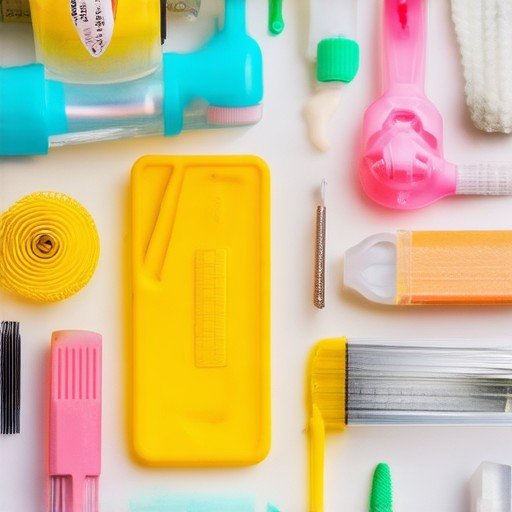
Simple Repair Ideas for Everyday Household Issues
Fixing common household problems doesn’t have to be overwhelming. With a few simple repair ideas, you can tackle most issues quickly and efficiently. Here are some practical tips to get you started:
- Bleeding Pipes: Turn off the water supply, disassemble the pipe fixture, and clean out any visible blockages. Reassemble and turn the water back on to check for leaks.
- Fixing a Leaky Faucet: Replace the worn-out washer or O-ring under the faucet handle. This is a quick fix that can save you from costly plumbing bills.
- Broken Appliance Handles: If a cabinet door or drawer handle is loose, tighten it using a screwdriver. If it’s still wobbly, consider replacing it with a sturdier model.
- Fixing Small Holes in Walls: Spackling compound can cover small cracks or holes. Apply the compound smoothly, let it dry, then sand and paint the area for a seamless repair.
Essential Tools for Home Repairs
Having the right tools on hand can make repairs much easier. Keep these essentials nearby:
- A basic toolkit including screwdrivers, pliers, and wrenches
- Measuring tape and a level set
- Garden hose or bucket for cleaning
- First aid kit for minor injuries
Preventive Maintenance Tips
Regular maintenance can often prevent small issues from becoming big problems. Here are some simple steps to keep things running smoothly:
- Check pipes and hoses annually for signs of wear or damage
- Test smoke detectors and carbon monoxide alarms monthly
- Inspect gutters and downspouts for clogs
- Schedule regular inspections for major appliances
For more detailed guides and professional advice, visit our DIY Repair Guides section. We offer comprehensive resources to help you tackle any home repair with confidence.
Simple DIY Repair Ideas for Common Household Issues
Fix leaky pipes, stabilize wobbly furniture, and repair broken appliances with these simple DIY solutions. These quick fixes can save you time and money while maintaining your home in great shape.
- Plumbing Issues:
- Leaky Pipes: Tighten loose connections using an adjustable wrench. Replace old pipes with rubber or plastic ones for better durability.
- Clogged Drains: Use a plunger to clear blockages. For tougher clogs, try a drain cleaner made from natural ingredients like baking soda and vinegar.
- Furniture Stabilization:
- Wobbly Chairs or Tables: Adjust the legs to level the furniture. If wobbling persists, reinforce the base with wood screws or glue.
- Scratched Surfaces: Apply a fine-grit sandpaper to smooth out scratches. Use a matching touch-up pen to restore the finish.
- Appliance Repairs:
- Broken Handles or Knobs: Replace worn-out parts with new ones available at hardware stores. Most handles can be easily screwed on and tightened.
- Loose Hinges: Reattach or tighten hinges using a screwdriver. This ensures the appliance door or lid stays secure.
- Electrical Issues:
- Switches or Outlets Not Working: Check for tripped circuit breakers. If necessary, reset them. Replace faulty switches or outlets with new ones following manufacturer instructions.
- Flickering Lights: Clean bulb sockets and replace bulbs with the correct wattage. If the issue persists, contact a professional electrician.
- Wall and Ceiling Repairs:
- Cracked Walls: Fill small cracks with spackling compound and sand smooth. For larger cracks, consider applying waterproof sealant.
- Peeling Paint: Identify the underlying cause (e.g., moisture) and fix it before repainting. Use a high-quality primer followed by your preferred paint color.
For more detailed guides and tools, visit our plumbing supplies and hardware store sections. Remember, these simple fixes can often prevent minor issues from becoming major problems!
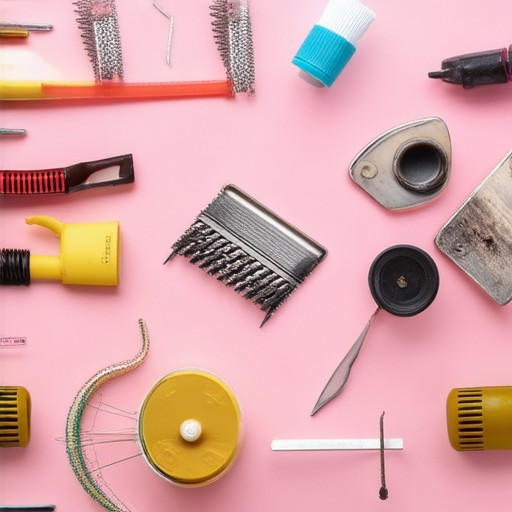
How to Handle Minor Home Repairs
Minor home repairs can often be handled with simple tools and a bit of knowledge. Here are some quick fixes for common household issues:
- Fix a Leaky Faucet : Turn off the water supply, disassemble the faucet, and replace the washer or O-ring if damaged. Reassemble and turn the water back on.
- Patch a Hole in the Wall : Use spackling compound to fill the crack, let it dry, then sand smooth. Paint over the area to match the wall color.
- Unblock a Drain : Use a plunger to create suction and force water through the clog. If that doesn’t work, try a drain cleaner according to the product instructions.
- Fix a Wobbly Chair : Tighten any loose screws on the chair’s base or floor. If the problem is under the carpet, use a screwdriver to adjust the legs.
- Replace a Burnt-Out Bulb : Open the lamp’s socket cover, unscrew the old bulb, and insert a new one. Ensure the wattage matches the bulb rating.
For these small projects, having a basic toolkit with essentials like sealant, screwdrivers, and measuring tapes is invaluable. Remember, if a repair seems too complex or unsafe, consider reaching out to a professional handyman service for assistance. Keeping small issues addressed can prevent them from becoming larger, more costly problems down the line.
Looking for more DIY tips? Explore our DIY Home Repairs Guide for detailed step-by-step guides and seasonal maintenance tips to keep your home in great shape year-round.
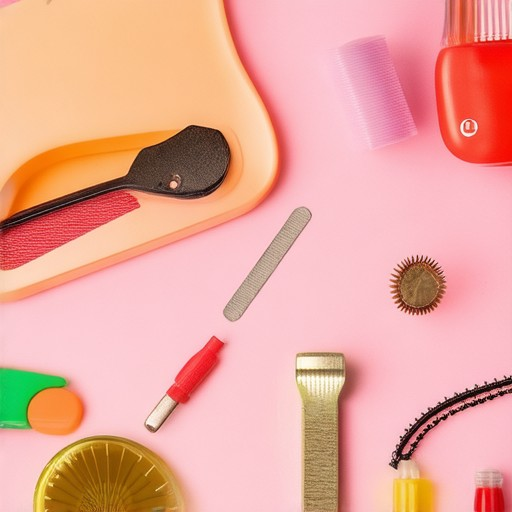
Simple Repair Ideas for Common Household Issues
- Fix Leaky Pipes: Turn off the water supply, locate the leak, and replace the worn-out washer or O-ring. Reassemble and test the fixture.
- Solve Squeaky Hinges: Apply a small amount of graphite powder or silicone-based lubricant to the hinge to reduce friction and eliminate the squeak.
- Tighten Loose Cabinet Handles: Gently twist the handle to see if it becomes secure. If it’s still loose, check for missing screws or a stripped screw hole and replace as needed.
- Stop Wobbly Mirrors: Use double-sided adhesive tape or a mirror glue stick to secure the mirror to the wall, ensuring it’s level and stable.
- Replace Burnt-Out Bulbs: Remove the faulty bulb, carefully unscrew it, and insert a new one with the correct wattage to match the fixture.
- Check Water Heater Pressure: Regularly inspect the relief valve to ensure it’s functioning properly and adjust the pressure as needed to prevent leaks or damage.
Simple Repair Ideas for Common Household Problems
Fixing common household issues doesn’t have to be overwhelming. With a few simple tools and some basic knowledge, many problems can be resolved quickly. Here are some easy solutions:
- Leaky Pipes: Check for visible leaks around pipe connections. Use waterproof sealant or epoxy to patch small cracks. For larger issues, consider calling a professional plumber.
- Clogged Drains: Try using baking soda and vinegar to clear minor blockages. If that doesn’t work, use a drain snake to remove hair or debris. Regular maintenance can prevent future clogs.
- Broken Appliances: Check if the appliance is plugged in properly. Inspect power cords for damage. Replace worn belts or parts as needed. Refer to the manufacturer’s guide for specific troubleshooting steps.
- Furniture Scratches: Apply toothpaste or tung oil to smooth out small scratches on wood furniture. For deeper scratches, consider refinishing or repainting the piece.
- Small Wall Holes: Patch small holes with spackling compound and sand smooth. Paint over once dry for a seamless repair.
- Peeling Paint: Sand the affected area, remove loose peeling paint, and apply a fresh coat of matching paint. Consider this a chance to refresh the room’s look.
For more detailed guides and professional advice, visit our home maintenance resources . Our experts provide step-by-step solutions tailored to your specific needs.

Simple Repair Ideas Anyone Can Handle
Fixing small issues around the house doesn’t have to be overwhelming. With a few simple tools and some knowledge, you can tackle many common repairs yourself. Here are 10 easy fixes that anyone can master:
- Loose Cabinet Handles or Knobs : Tighten wobbly handles or knobs by adjusting the screws and ensuring they’re snug.
- Fading Clothes : Brighten faded colors by soaking clothes in vinegar for 30 minutes before washing. Works best for white fabrics.
- Slow Draining Sink : Remove hair or debris from the drain opening to prevent clogs. Use a plunger if needed.
- Burnt-Out Light Bulbs : Replace blown bulbs by checking the fuse box or resetting circuit breakers if necessary.
- Scratches on Wood Surfaces : Rub small scratches with fine sandpaper or a commercial scratch remover.
- Worn-Out Belts : Replace frayed or broken belts with new ones from the hardware store.
- Peeling Paint : Lightly sand rough edges and apply a matching paint pen for a seamless fix.
- Dripping Faucets : Adjust the handle to stop water flow or replace the washer if necessary.
- Small Holes in Walls : Fill cracks with spackling compound and smooth with a wet finger before painting.
- Sticky Drawers : Lubricate drawer slides with silicone-based spray for smoother operation.
Essential Tools for DIY Repairs
Having the right tools makes any repair much easier. Stock up on these essentials:
- Adjustable Wrench Set – Perfect for tightening nuts and bolts.
- Vinegar Solution – Multi-use cleaner for various surfaces.
- Circuit Breaker Finder – Essential for diagnosing electrical issues.
- Plastic Duct Tape – Great for temporary fixes and sealing small leaks.
Prevention Tips to Avoid Future Repairs
Preventing problems before they occur can save you time and money. Here are some proactive steps:
- Regularly inspect appliances for signs of wear and tear.
- Clean gutters and drains to prevent blockages.
- Test smoke detectors and CO detectors monthly.
- Check foundation for cracks or damage annually.
Remember, many minor repairs are within reach. With a little patience and the right approach, you can keep your home in great shape. For more detailed guides and professional advice, visit our DIY repair resources .
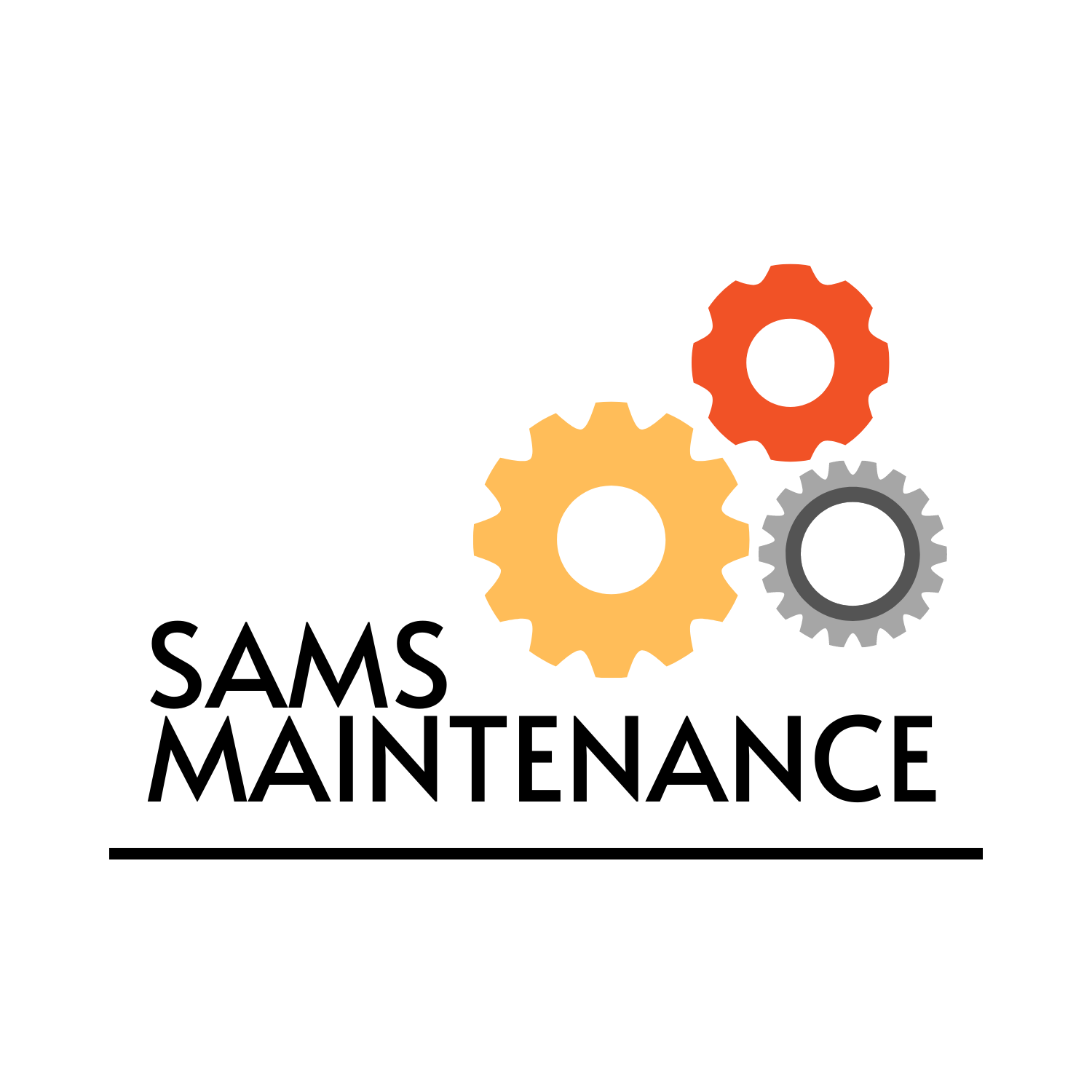

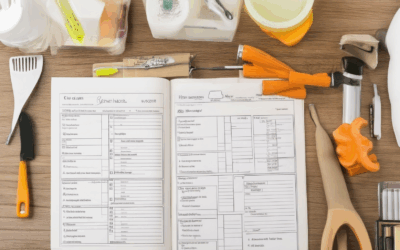

0 Comments